You think you’re clever navigating through a shopping mall or finding your way out of a corn maze, but here’s a reality check that might humble you: some of the tiniest creatures on Earth could probably outperform you in spatial reasoning tasks. While you’re fumbling with GPS and getting turned around in parking garages, these miniature masterminds are solving complex navigation puzzles with brains smaller than a pinhead. The insect world is packed with navigation geniuses that would make your smartphone’s mapping app look primitive by comparison.
The Honeybee Highway System
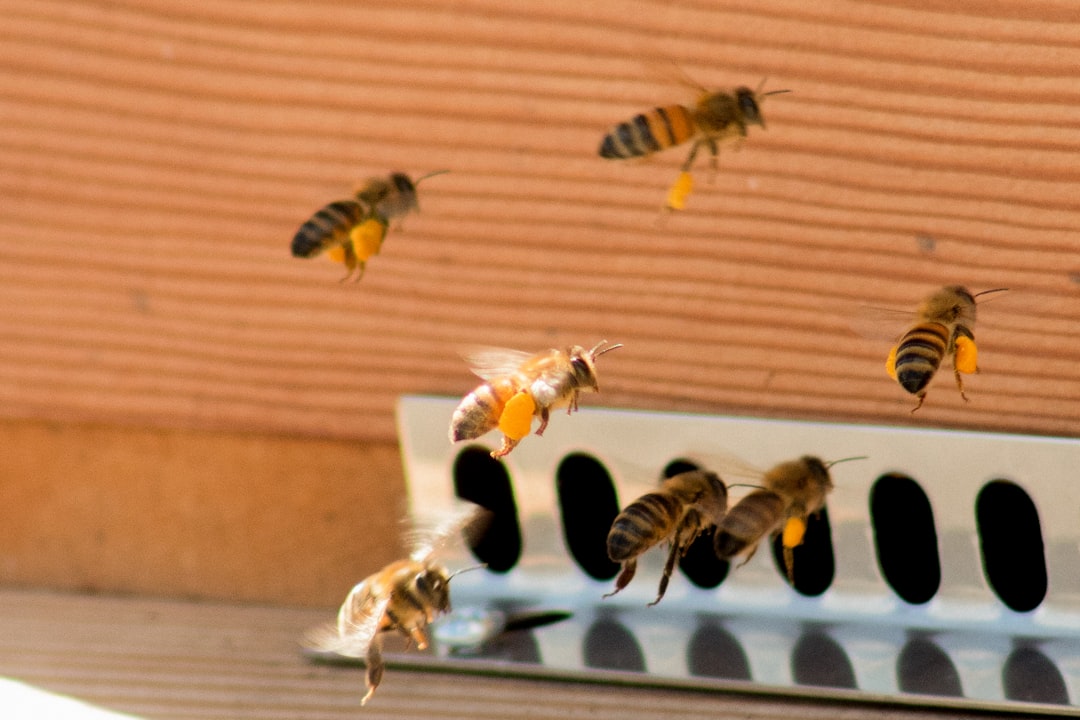
Honeybees possess one of nature’s most sophisticated navigation systems, capable of remembering multiple routes and choosing the most efficient path home. These fuzzy mathematicians can calculate distances, remember landmarks, and even communicate complex directions to their hive mates through their famous waggle dance. When researchers tested honeybees in simple mazes, they consistently outperformed expectations by learning optimal routes faster than many vertebrates. Their compound eyes can detect polarized light patterns invisible to humans, essentially giving them a built-in compass that works even on cloudy days. If you placed a honeybee and an average person in identical mazes, don’t bet against the bee.
Ant Architects of the Underground
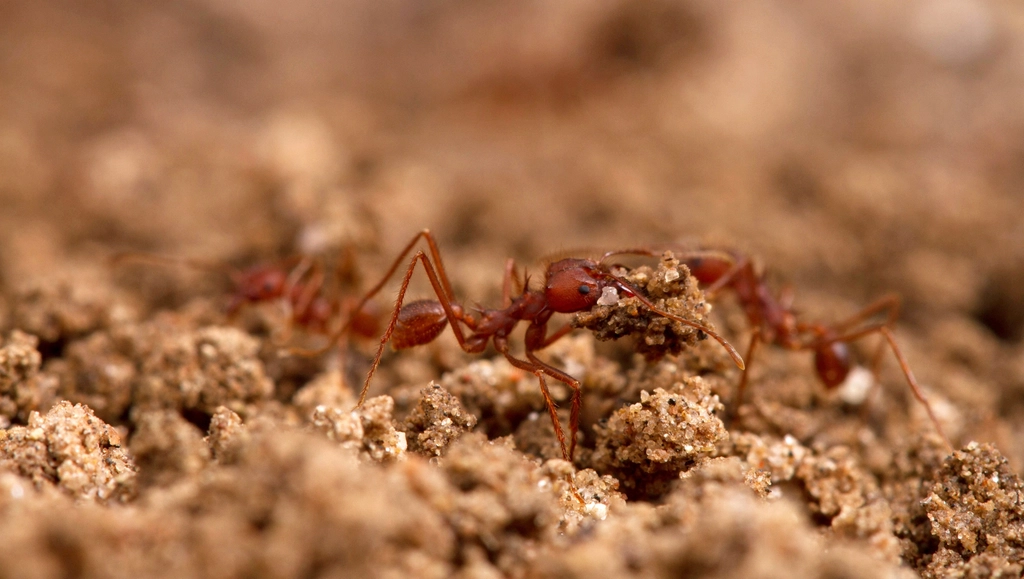
Leafcutter ants create intricate highway systems that would make city planners weep with envy, complete with traffic rules and designated lanes for different types of cargo. These tiny engineers can navigate through complex three-dimensional networks underground while carrying leaf fragments many times their body weight. Studies have shown that individual ants can learn and remember multiple routes through laboratory mazes, adapting their strategies when familiar paths become blocked. Their ability to lay down chemical trails creates a dynamic mapping system that gets stronger with use, essentially crowdsourcing the best routes through their environment. What’s truly mind-blowing is that they can solve these navigation challenges while working as a collective intelligence.
The Dung Beetle’s Stellar Navigation
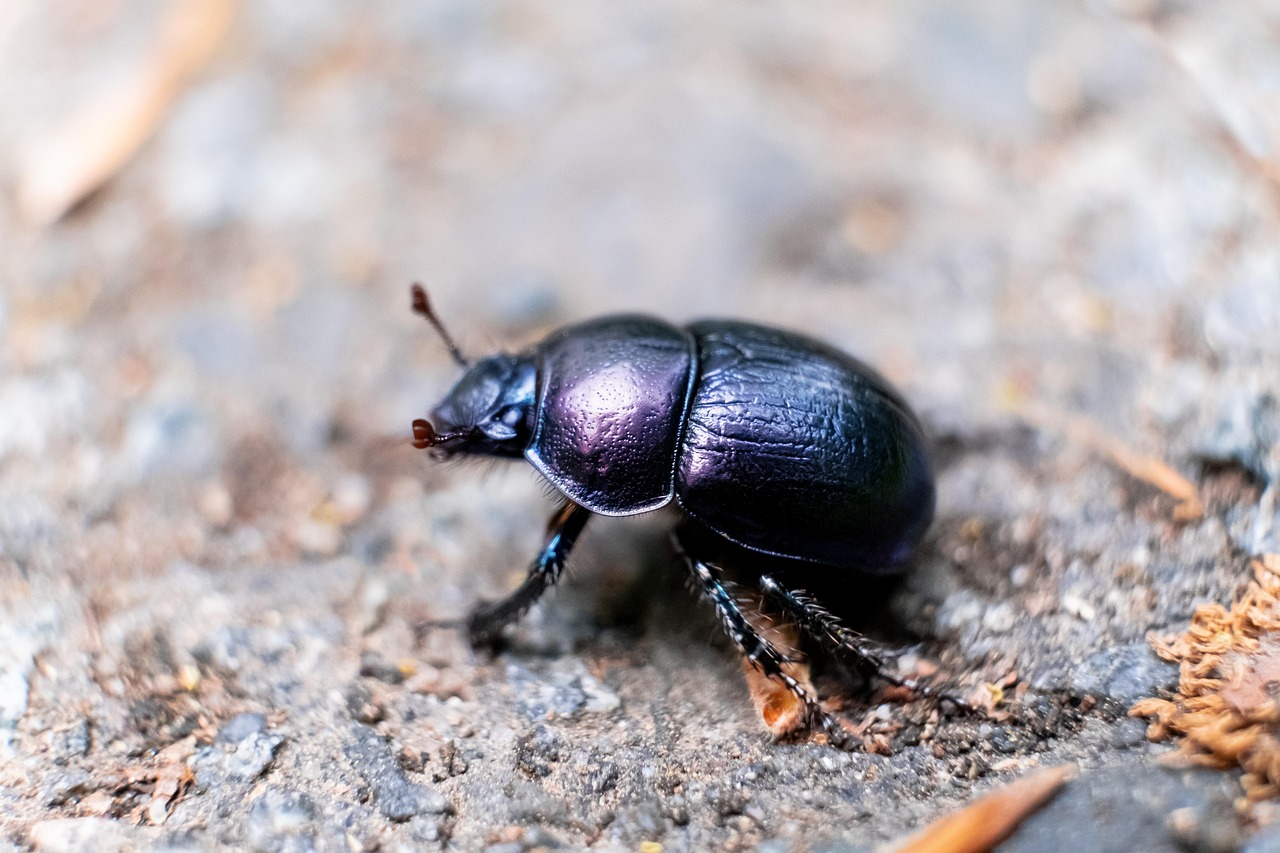
Dung beetles are the only insects known to navigate using the Milky Way, making them cosmic navigators in the truest sense. These industrious creatures can roll their precious dung balls in perfectly straight lines across vast distances, using celestial cues that most humans couldn’t even identify. When scientists placed tiny caps on dung beetles to block their view of the sky, the insects immediately became disoriented and started moving in circles. Their navigation skills are so precise that they inspired engineers developing GPS-free navigation systems for robots. In maze experiments, dung beetles demonstrate remarkable spatial memory, often finding shortcuts that human test subjects miss entirely.
Carpenter Ant Construction Crews
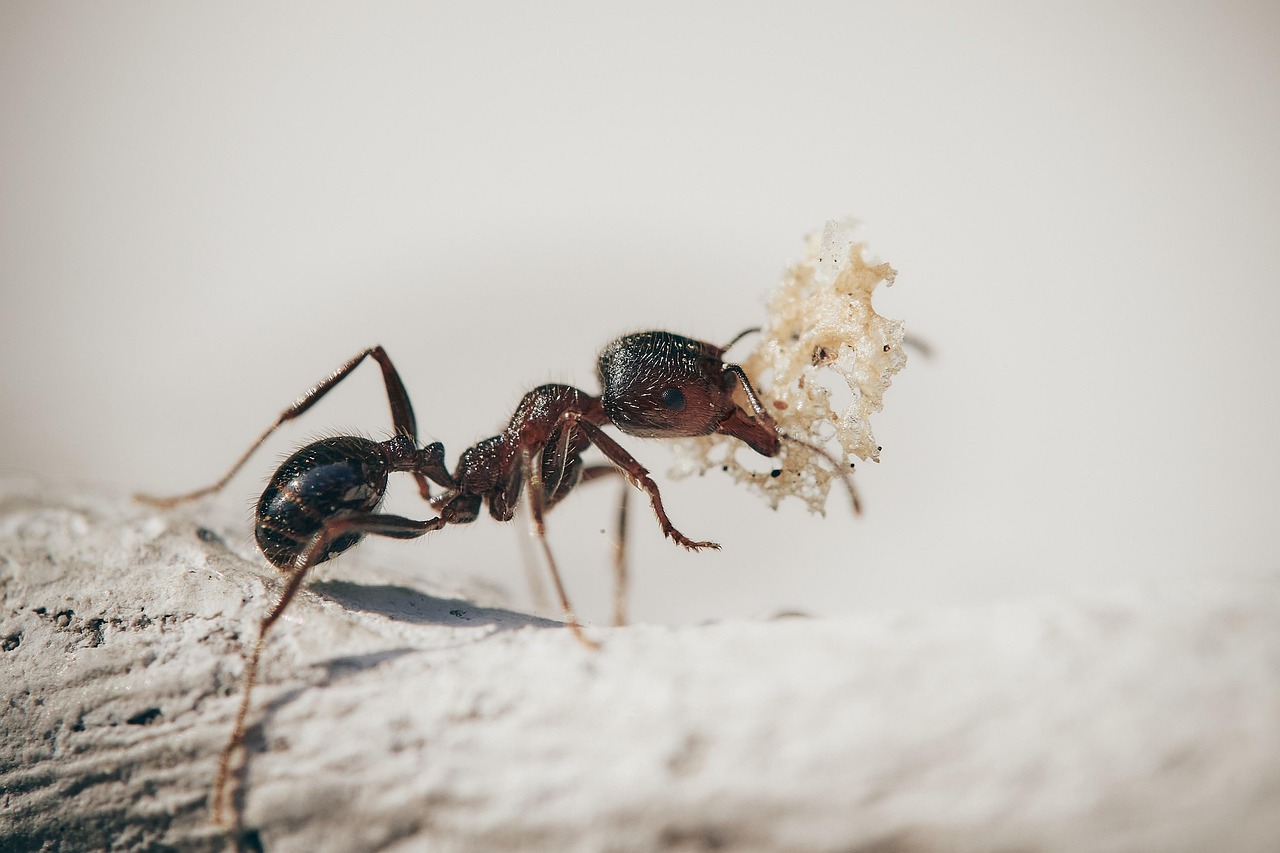
Carpenter ants build elaborate galleries and tunnels within wood structures, creating complex three-dimensional mazes that they navigate with ease. These architectural insects can remember the layout of their wooden cities so well that they rarely get lost, even in structures containing hundreds of interconnected chambers. Individual carpenter ants have been observed taking shortcuts through their colonies, suggesting they maintain detailed mental maps of their environment. Their ability to coordinate construction projects across multiple levels and rooms demonstrates spatial reasoning that rivals human architects. When researchers introduce artificial obstacles into their tunnels, carpenter ants quickly adapt and find alternative routes.
Desert Ant GPS Masters
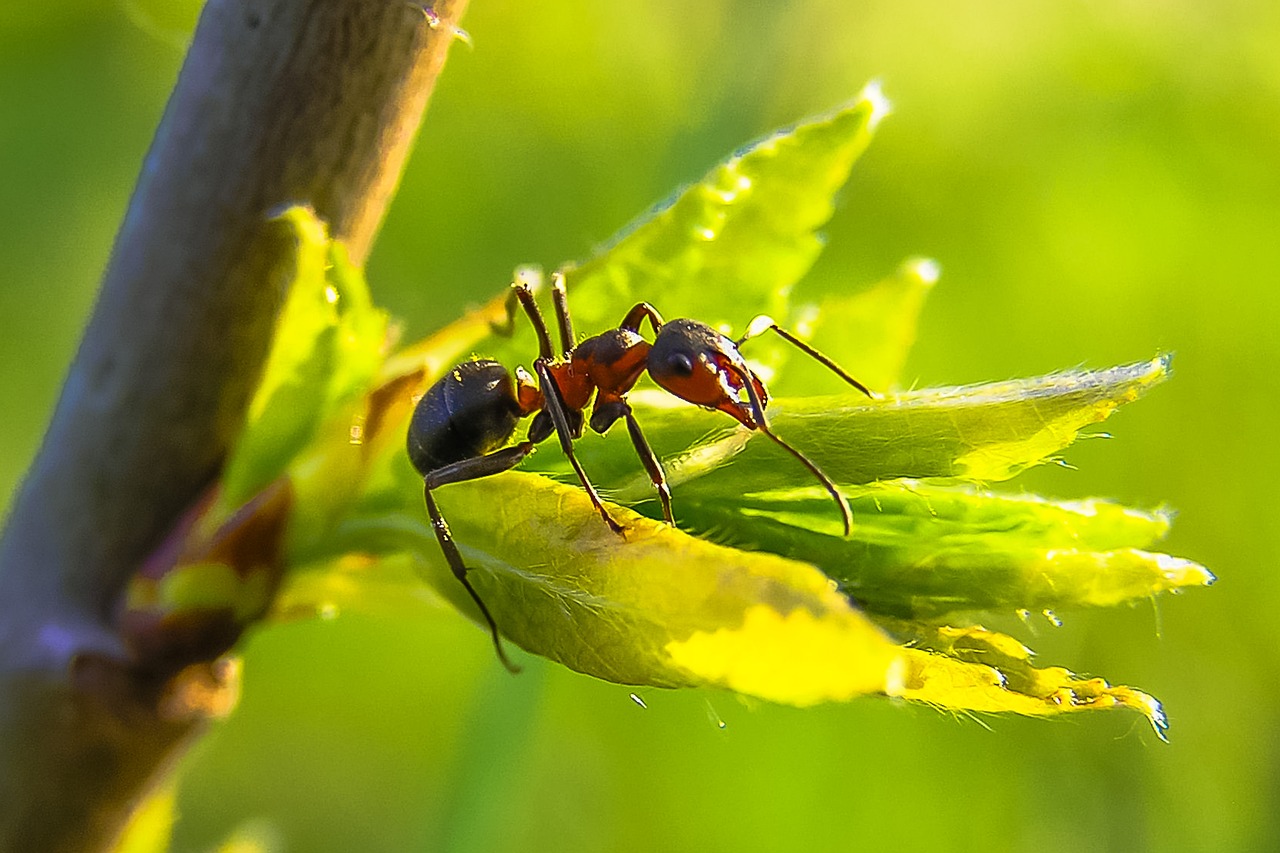
Desert ants possess an internal odometer that tracks their steps with remarkable precision, allowing them to navigate vast, featureless landscapes without getting lost. These remarkable insects can venture up to 200 meters from their nest to forage, then return home in a nearly straight line across terrain that looks identical in every direction. Their path integration system combines step counting with visual landmark recognition and sun compass navigation, creating a biological GPS system that puts human technology to shame. In controlled maze experiments, desert ants demonstrate flexible problem-solving abilities, switching between different navigation strategies depending on available environmental cues. Even when researchers relocate these ants to completely unfamiliar territory, they quickly adapt and establish new reference points.
The Wasp’s Memory Palace
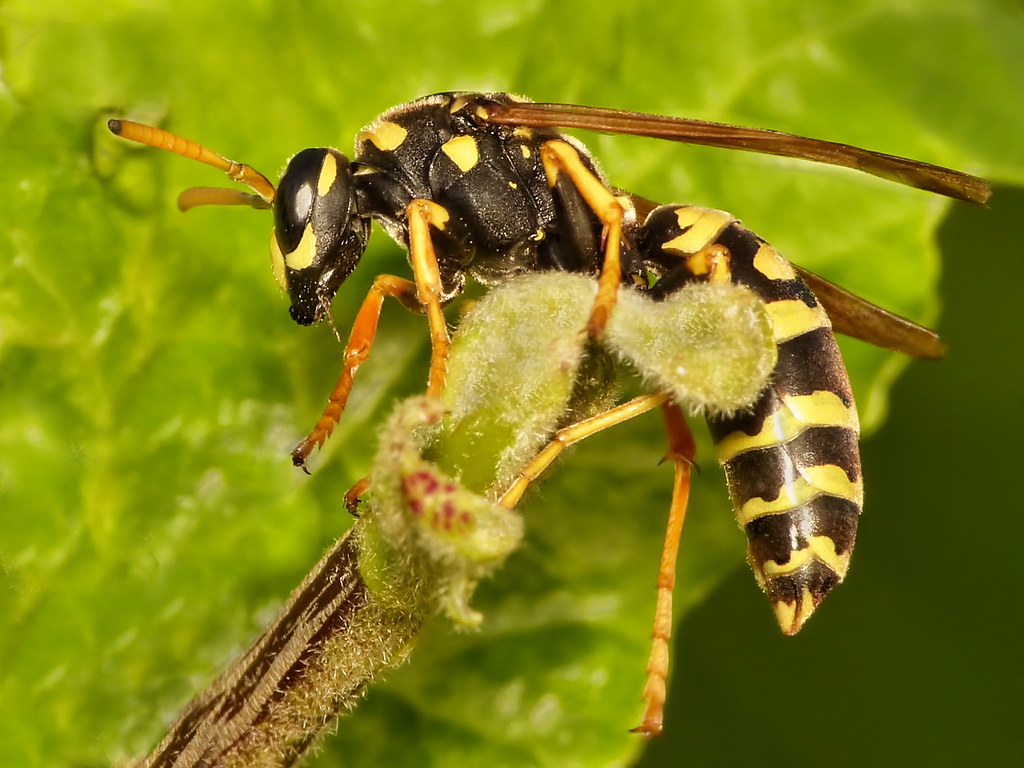
Paper wasps create detailed mental maps of their territory that include multiple landmarks, potential food sources, and safe routes between locations. These flying architects can remember the locations of dozens of different sites and navigate between them efficiently, even after weeks of absence. Female wasps demonstrate particularly impressive spatial memory when establishing new colonies, often returning to check on multiple potential nesting sites before making final decisions. Researchers have discovered that wasps can recognize human faces and remember specific individuals, suggesting their visual processing capabilities extend far beyond simple navigation. In maze-running experiments, wasps consistently outperform many larger animals in both speed and accuracy.
Termite Engineers and Their Ventilation Systems
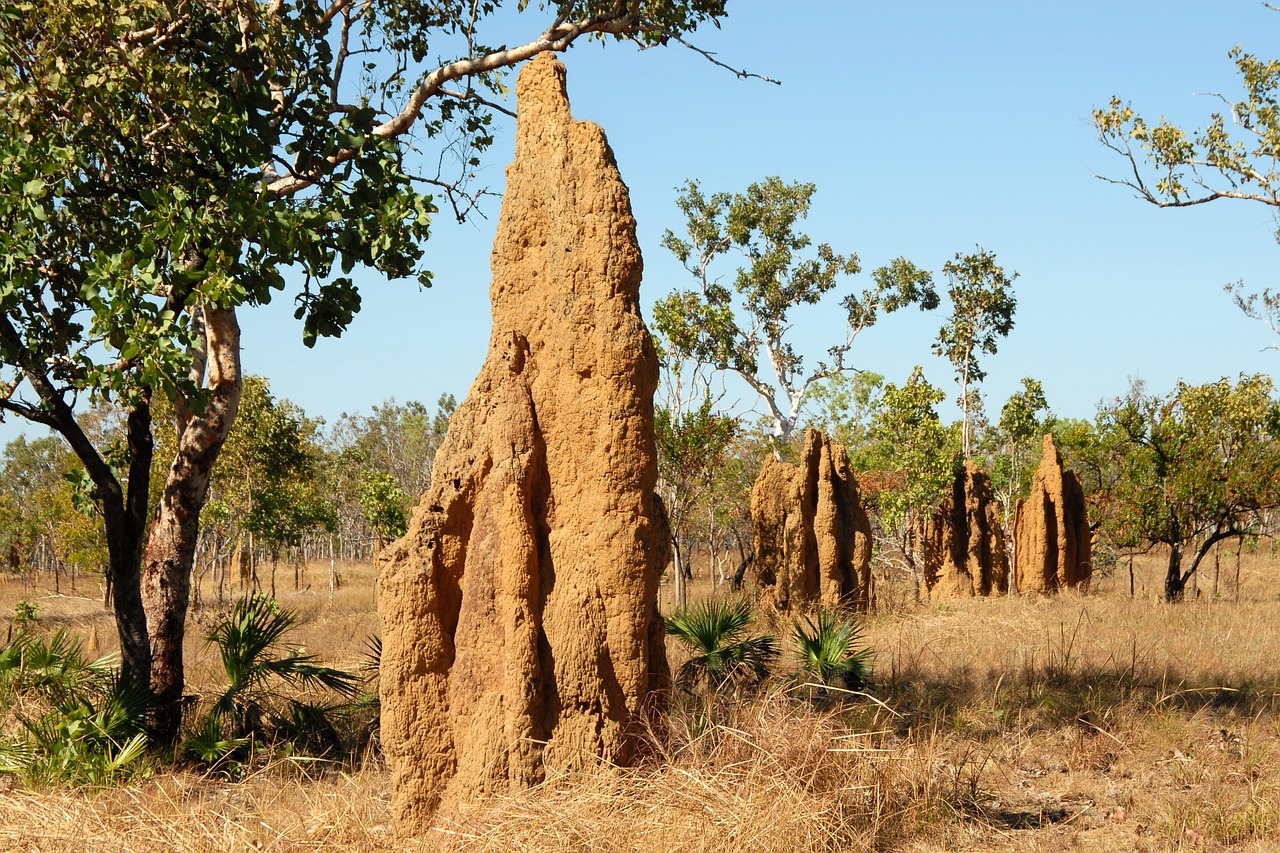
Termites construct incredibly sophisticated mound ventilation systems that require precise three-dimensional planning and navigation skills to maintain. These tiny engineers navigate through complex networks of tunnels, chambers, and air shafts that they’ve designed to regulate temperature and humidity throughout their colonies. Individual termites can find their way through structures containing millions of passages, rarely making wrong turns even in complete darkness. Their ability to coordinate construction projects across vast underground networks demonstrates spatial reasoning that challenges our understanding of insect intelligence. When parts of their mounds are damaged, termites quickly reorganize their traffic patterns and find alternative routes to maintain colony operations.
Butterfly Migration Mysteries

Monarch butterflies navigate thousands of miles during migration using a combination of sun compass orientation, magnetic field detection, and landmark recognition that surpasses most human navigation abilities. These delicate travelers can maintain precise directional headings across vast distances, adjusting their flight paths to compensate for wind drift and weather patterns. Individual butterflies that have never made the journey before somehow know exactly where to go, suggesting they possess inherited navigation programs that would make GPS engineers jealous. In controlled maze experiments, butterflies demonstrate remarkable spatial learning abilities, quickly adapting to changing conditions and finding optimal flight paths. Their navigation skills become even more impressive when you consider they’re doing all this while dealing with air currents, predators, and the constant need to find food.
Beetle Pathfinding Algorithms
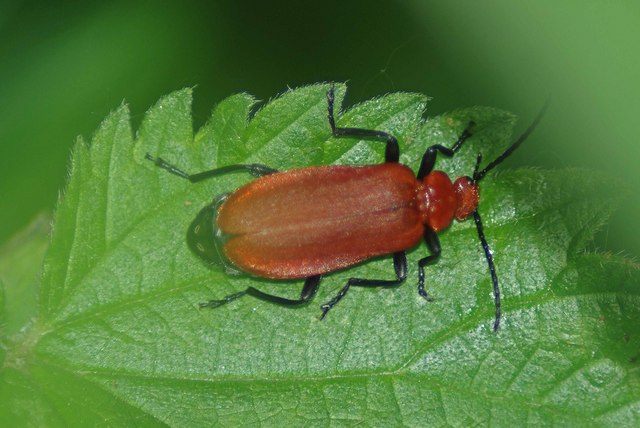
Ground beetles employ sophisticated search algorithms that computer scientists study to improve robotic navigation systems, demonstrating problem-solving abilities that rival artificial intelligence. These nocturnal hunters can navigate complex terrain while pursuing prey, adapting their search patterns based on environmental feedback and past success rates. Laboratory studies reveal that beetles can learn and remember optimal routes through mazes, often discovering shortcuts that human observers initially miss. Their ability to switch between different search strategies – from systematic grid patterns to random walks – shows flexible thinking that many people struggle with in similar situations. When faced with dead ends or obstacles, beetles quickly backtrack and try alternative approaches without getting stuck in repetitive loops.
Cockroach Speed Demons
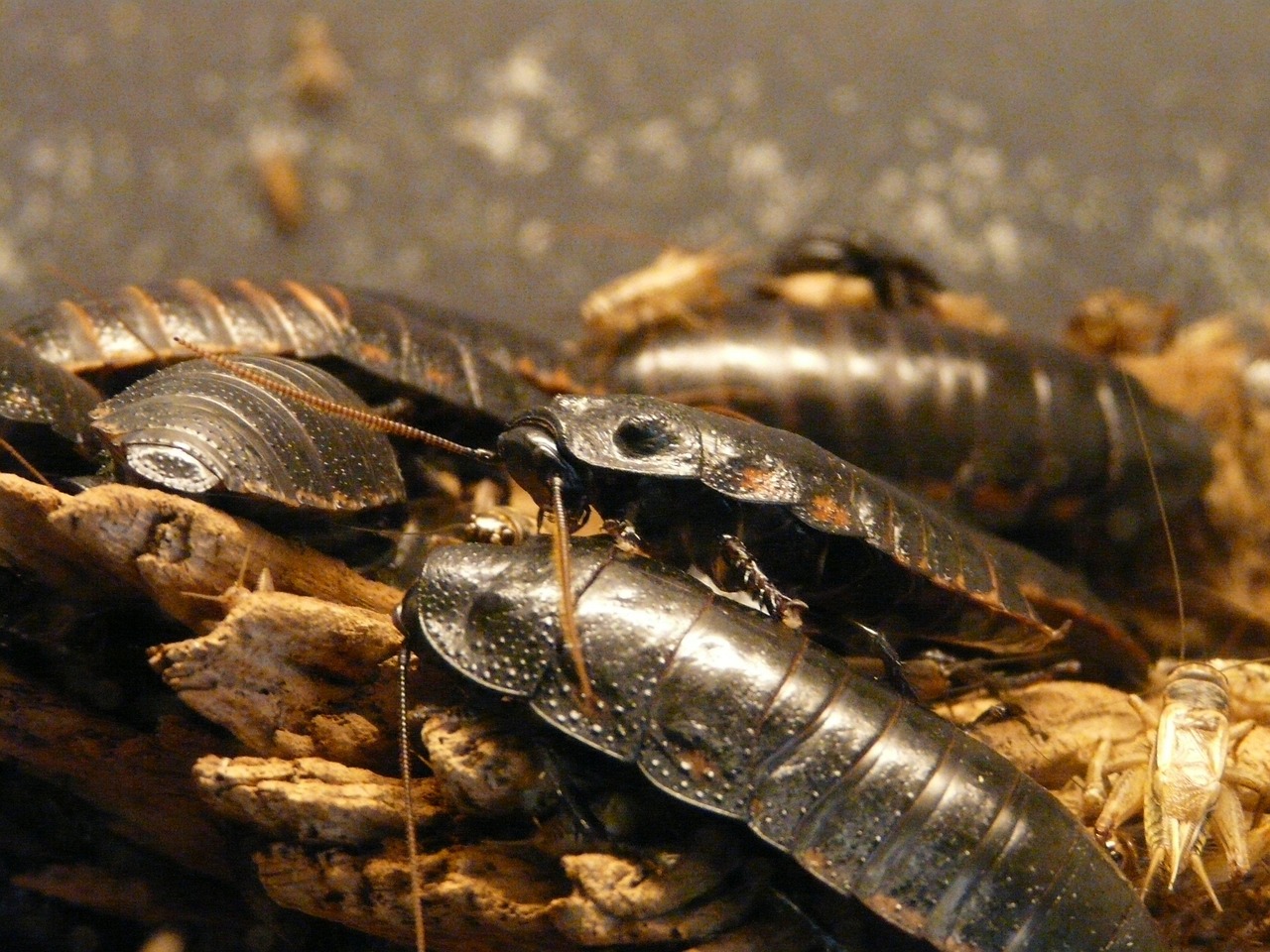
Cockroaches navigate through complex environments at incredible speeds while making split-second decisions that would challenge even experienced human maze-runners. These resilient insects can process visual information and adjust their movement patterns in milliseconds, allowing them to escape through narrow gaps and around obstacles with remarkable precision. Studies show that cockroaches can learn maze layouts quickly and remember them for extended periods, often outperforming laboratory rats in similar tests. Their ability to navigate in complete darkness using only tactile feedback demonstrates spatial reasoning skills that most humans would find impossible to replicate. When researchers create unpredictable mazes with moving walls and changing layouts, cockroaches adapt faster than most other test subjects.
Dragonfly Interception Calculations
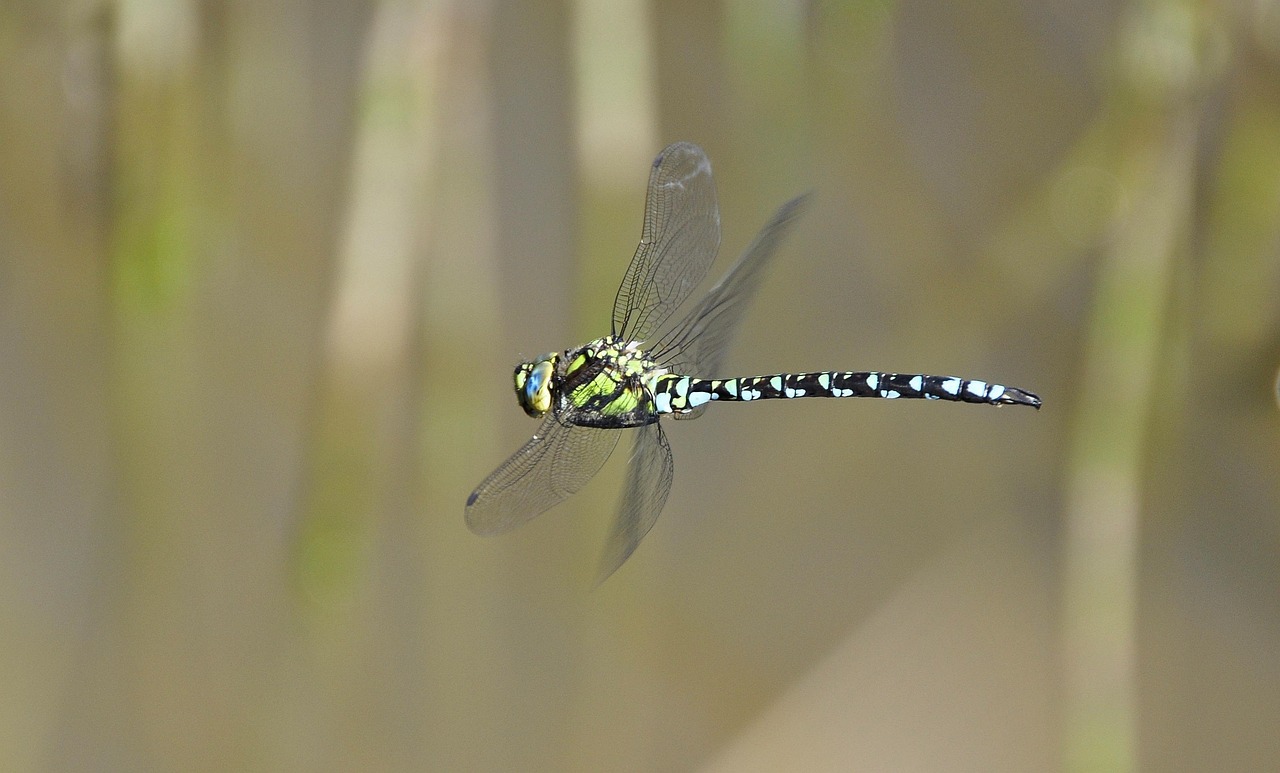
Dragonflies perform complex mathematical calculations while hunting, predicting the future positions of moving prey with accuracy that would impress professional pilots. These aerial acrobats can navigate through three-dimensional space while simultaneously tracking multiple targets, adjusting their flight paths in real-time based on constantly changing variables. Laboratory experiments reveal that dragonflies can learn to navigate artificial obstacle courses, demonstrating flexibility in their spatial reasoning abilities beyond simple hardwired behaviors. Their compound eyes process visual information at rates far exceeding human capabilities, allowing them to make navigation decisions that seem almost supernatural. When faced with maze-like environments, dragonflies quickly identify optimal flight paths and rarely waste energy on inefficient routes.
Spider Web Architects
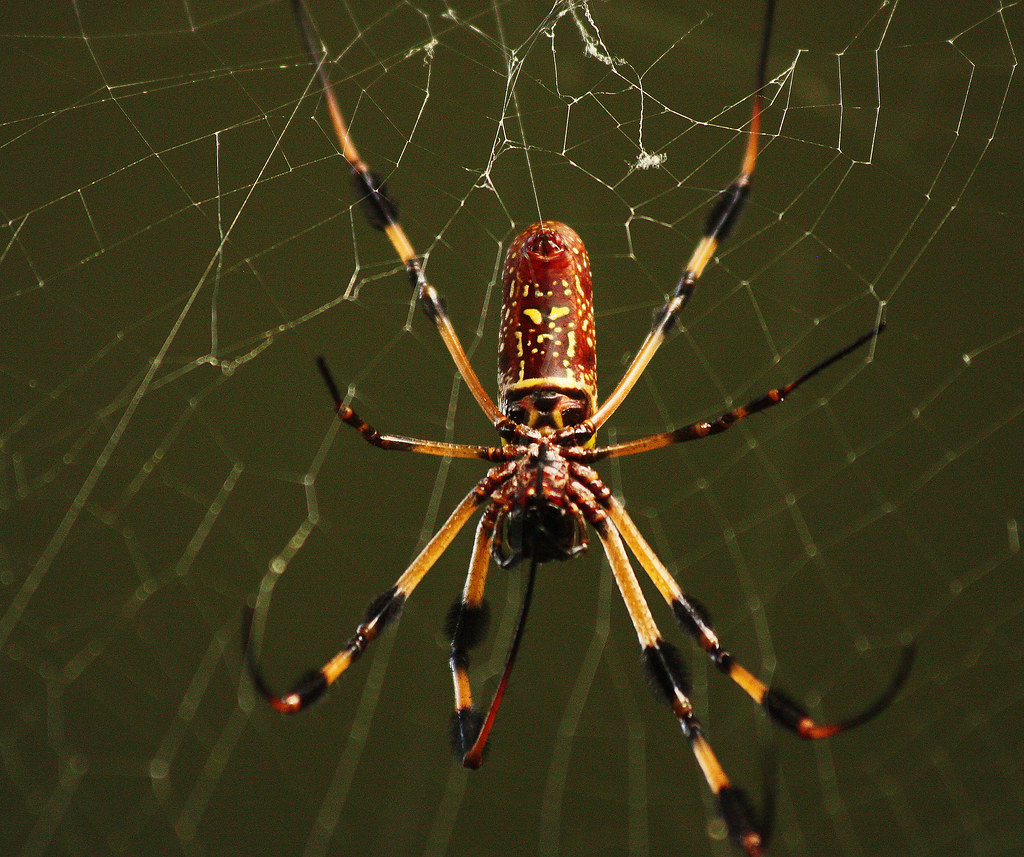
Orb weaver spiders construct geometrically perfect webs that require precise spatial planning and navigation skills to build and maintain effectively. These eight-legged engineers can navigate across their webs in complete darkness, using vibrations and silk strand tensions to create detailed mental maps of their structures. When researchers damage sections of spider webs, the spiders quickly assess the situation and navigate to make repairs using the most efficient routes possible. Individual spiders demonstrate remarkable spatial memory, often remembering the locations of previous prey captures and adjusting their web designs accordingly. In experimental mazes made of silk strands, spiders consistently find optimal paths while demonstrating problem-solving abilities that surprise researchers.
Fruit Fly Learning Curves
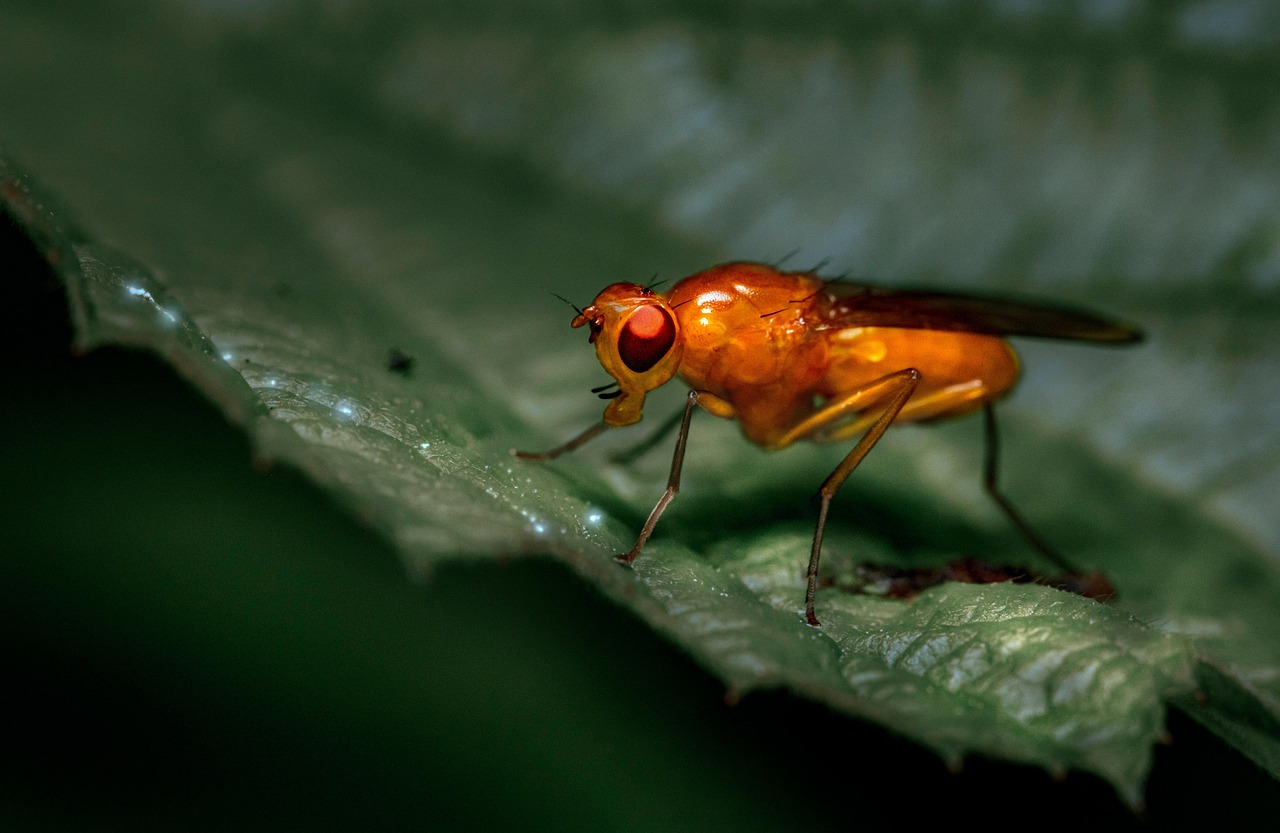
Despite their tiny brains, fruit flies can learn and remember complex maze layouts, often outperforming human expectations in controlled laboratory experiments. These miniature test subjects demonstrate remarkable plasticity in their navigation strategies, quickly adapting to changing environmental conditions and learning from past mistakes. Researchers have discovered that fruit flies can form associative memories linking specific locations with rewards or punishments, creating sophisticated mental maps of their environments. Their ability to navigate through three-dimensional mazes while processing multiple sensory inputs simultaneously challenges traditional assumptions about insect intelligence. When given choices between multiple routes, fruit flies often select the most efficient paths, suggesting cost-benefit analysis capabilities that many people struggle with in similar situations.
Cricket Acoustic Navigation
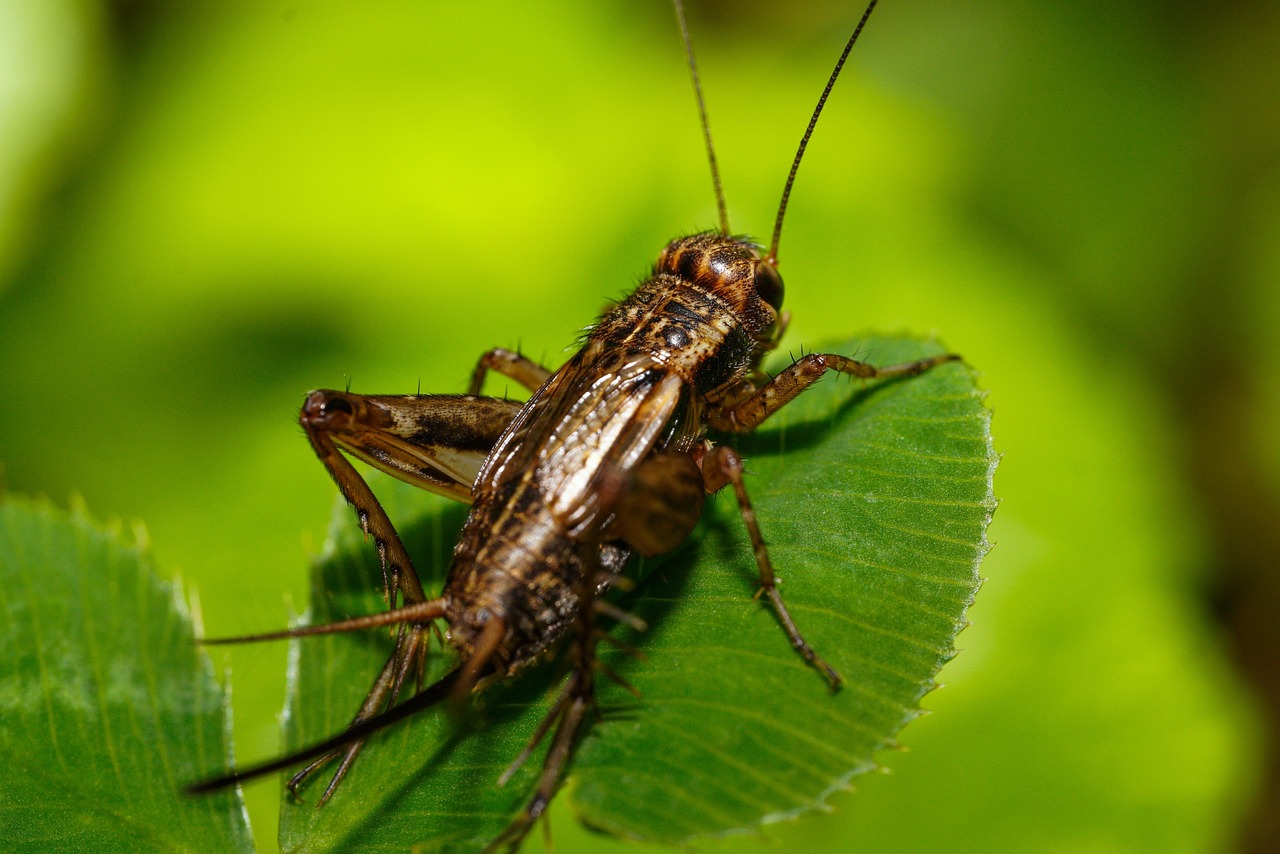
Field crickets use sophisticated acoustic navigation systems to locate mates and avoid predators, creating detailed sound maps of their environments that guide their movements through complex terrain. These musical insects can triangulate positions using sound waves, essentially creating a biological sonar system that helps them navigate even when visual cues are limited. Laboratory studies show that crickets can learn to associate specific acoustic signatures with maze locations, demonstrating memory capabilities that extend beyond simple stimulus-response behaviors. Their ability to filter relevant sounds from background noise while maintaining spatial awareness suggests information processing skills that would challenge human cognitive abilities. When researchers create acoustic mazes using different sound frequencies, crickets quickly learn to navigate using audio cues alone.
Praying Mantis Precision Hunters
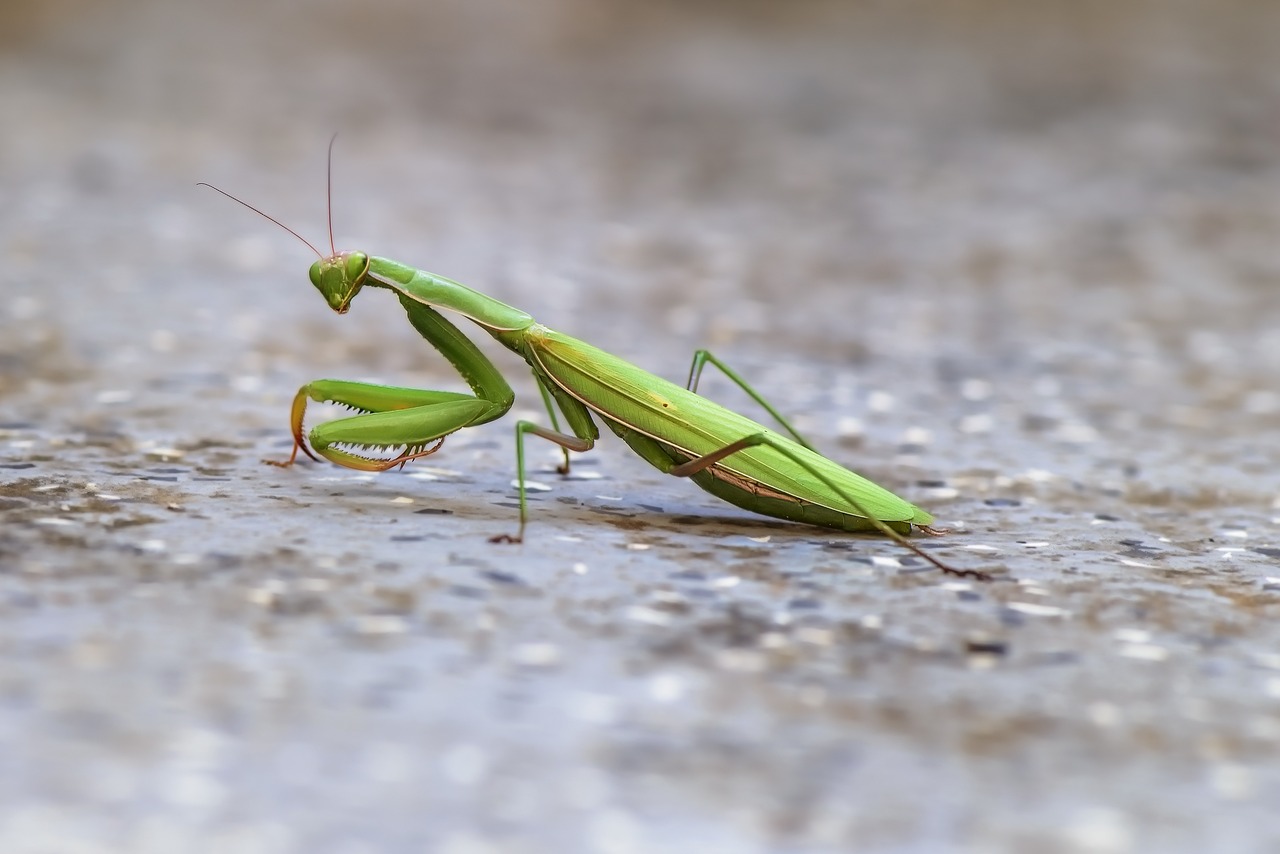
Praying mantises demonstrate remarkable spatial reasoning when stalking prey, calculating distances and angles with precision that would impress professional marksmen. These patient predators can navigate through complex vegetation while maintaining perfect positioning relative to their targets, adjusting their approach strategies based on environmental obstacles and prey behavior. Studies reveal that mantises can learn to navigate artificial hunting grounds, remembering the locations of successful ambush sites and adapting their techniques accordingly. Their ability to coordinate head movements with body positioning while tracking moving targets shows spatial processing capabilities that many humans find difficult to replicate. In controlled maze experiments designed to test hunting strategies, mantises consistently choose optimal approach routes that maximize their chances of success while minimizing energy expenditure.
Conclusion
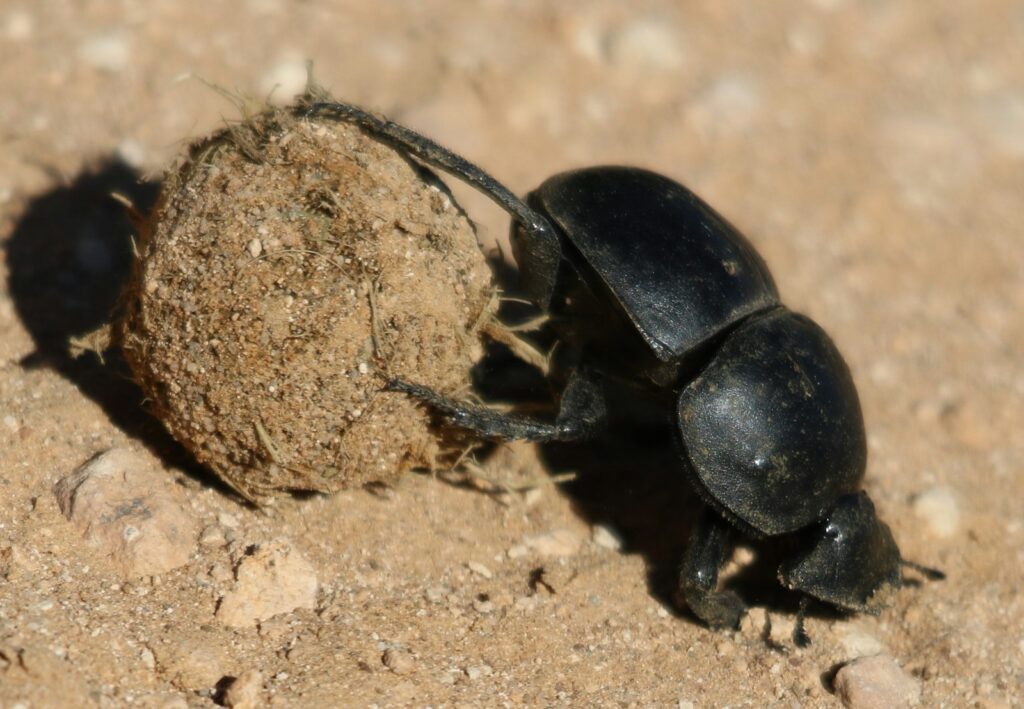
The next time you’re struggling with directions or getting lost in a familiar place, remember that somewhere out there, a tiny insect with a brain smaller than a sesame seed is effortlessly navigating challenges that would leave you scratching your head. These miniature masterminds aren’t just surviving in their environments – they’re thriving through navigation skills that challenge everything we thought we knew about intelligence and spatial reasoning. From desert ants counting their steps across vast wastelands to honeybees performing complex mathematical calculations, the insect world is full of navigation geniuses that put our GPS-dependent society to shame. Their success stories remind us that intelligence comes in many forms, and sometimes the smallest creatures carry the biggest surprises. What other incredible abilities might these tiny creatures possess that we haven’t discovered yet?

